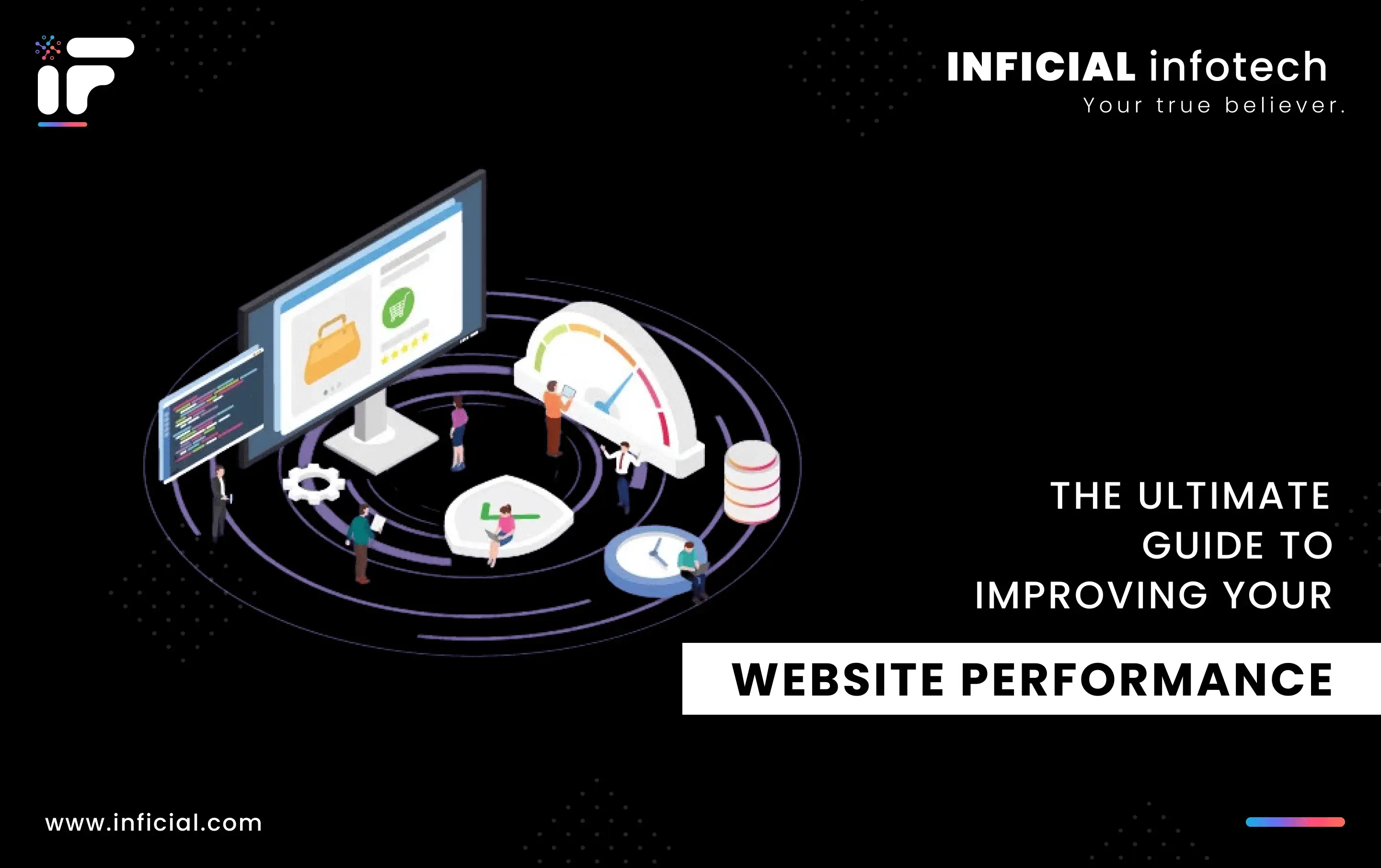Boost Your Website’s Performance: Best Practices for Improving Web Vitals
Here are some techniques and best practices for improving website performance by optimizing Largest Contentful Paint (LCP), First Input Delay (FID), and Cumulative Layout Shift (CLS)
How To Improving Largest Contentful Paint (LCP) ?
- Optimize images by reducing their file size, using appropriate file types, compressing them, and using a content delivery network (CDN).
- Use lazy loading to load non-critical resources only when they are needed, reducing the time it takes for the largest image or text block to load.
- Use preloading and pre-fetching to load critical resources before they are needed.
How To Improving First Input Delay (FID) ?
- Minimize the use of third-party scripts to reduce the time it takes for a website to become interactive.
- Reduce the size of JavaScript and CSS files to reduce download and parsing time.
- Use a Content Delivery Network (CDN) to improve server response time.
- Use code splitting to load only the necessary JavaScript code for the current page.
How To Improving Cumulative Layout Shift (CLS) ?
- Use a layout that doesn’t change frequently to prevent disorienting users and negative impacts on CLS.
- Avoid adding elements to the page without user interaction to prevent layout shifts and negative impacts on CLS.
- Use a CSS position property instead of a layout property to reduce layout shifts.
- Use a grid layout instead of a flexible box layout to reduce layout shifts.
Best practices for optimizing images and using lazy loading
- Reduce the file size of images by compressing them without losing quality and using appropriate image formats.
- Use CSS to set width and height attributes of an image to reserve space before it loads.
- Use native lazy loading feature, JavaScript libraries, or Intersection Observer API to implement lazy loading.
- Use preloading and pre-fetching to load critical resources before they are needed.
Case studies and examples of websites that have improved their Core Web Vitals
Etsy improved their Largest Contentful Paint (LCP) by reducing the size of images and using WebP image format, resulting in a 24% improvement in LCP and a 12%improvement in overall page load time.
Pinterest improved their LCP by using lazy loading for images and deferring non-critical JavaScript, resulting in a 20% improvement in LCP and a 15% improvement in overall page load time.
Twitter improved their First Input Delay (FID) by reducing the size of JavaScript and using code splitting, resulting in a 50% improvement in FID and a 20% improvement in overall page load time.
Cloudflare improved their Cumulative Layout Shift (CLS) by using a layout that doesn’t change frequently, avoiding adding elements to the page without user interaction, and using CSS Grid,resulting in a 50% improvement in CLS.
Alibaba improved their Core Web Vitals by using a Content Delivery Network (CDN), reducing the size of images, and using lazy loading, resulting in a 40% improvement in LCP, a 30% improvement in FID, and a 20%improvement in CLS.
It’s important to note that these techniques should be used along with other best practices for website performance and user experience, such as minifying and concatenating CSS and JS, using browser caching, and more. Also, lazy loading is not applicable to all types of resources or all pages, and testing and monitoring performance after implementation is crucial.
For more details contact InFicial Infotech at: [email protected]









